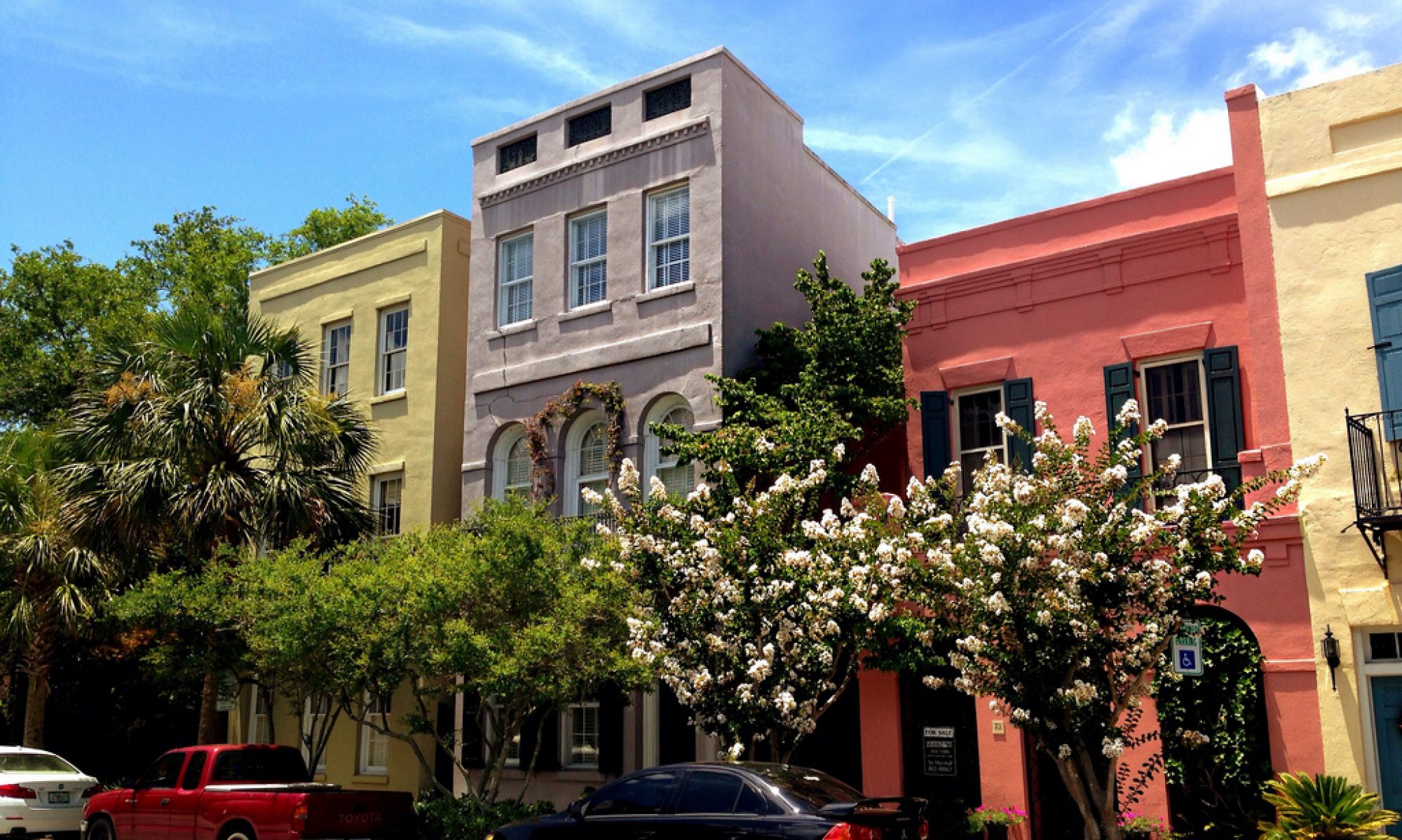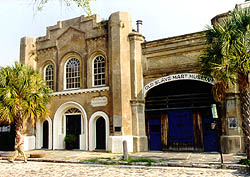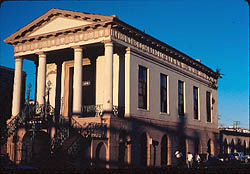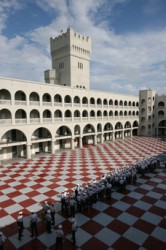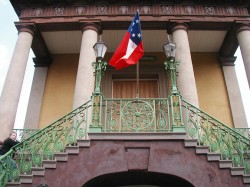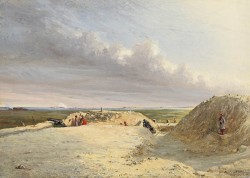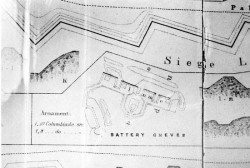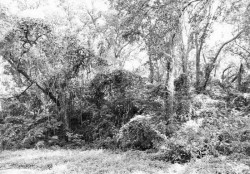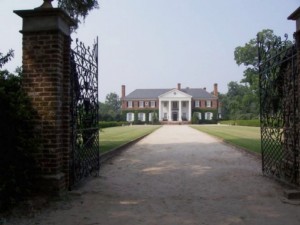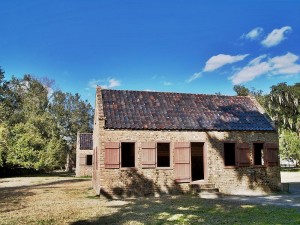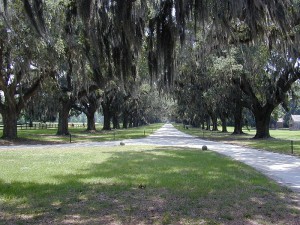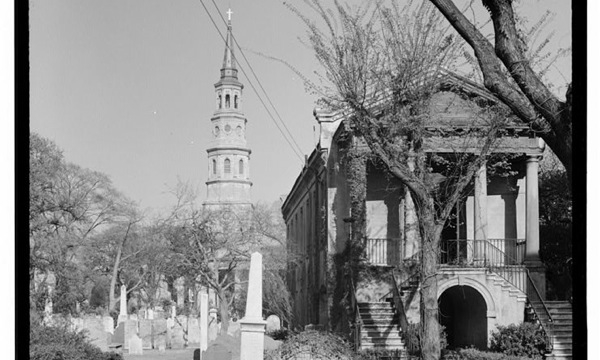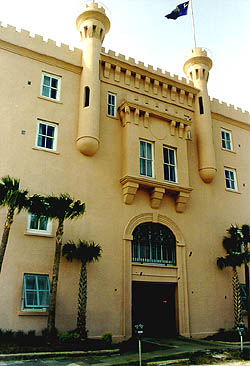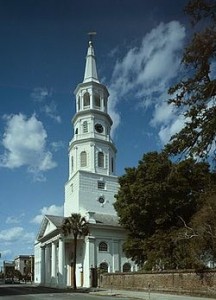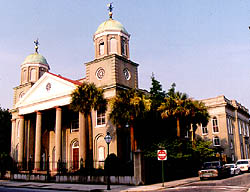Picture and Text Below Source – http://1.usa.gov/bYIbTy
6 Chalmers Street, Charleston, SC – 29401843-958-6467
‘The Old Slave Mart, located on one of Charleston’s few remaining cobblestone streets, is the only known extant building used as a slave auction gallery in South Carolina. Once part of a complex of buildings, the Slave Mart building is the only structure to remain.
When it was first constructed in 1859, the open ended building was referred to as a shed, and used the walls of the German Fire Hall to its west to support the roof timbers.
Slave auctions were held inside.
The interior was one large room with a 20-foot ceiling, while the front facade was more impressive with its high arch, octagonal pillars and a large iron gate.
During the antebellum period, Charleston served as a center of commercial activity for the South’s plantation economy, which depended heavily upon slaves as a source of labor. Customarily in Charleston, slaves were sold on the north side of theExchange Building (then the Custom House)…
Around 1878, the Slave Mart was renovated into a two-story tenement dwelling. In 1938, the property was purchased by Miriam B. Wilson, who turned the site into a museum of African American history, arts and crafts.’
It is owned by the City of Charleston.
Hours – Monday-Saturday, 9:00am to 5:00pm.
Call 843-958-6467 for information.
Admission fees are charged.
